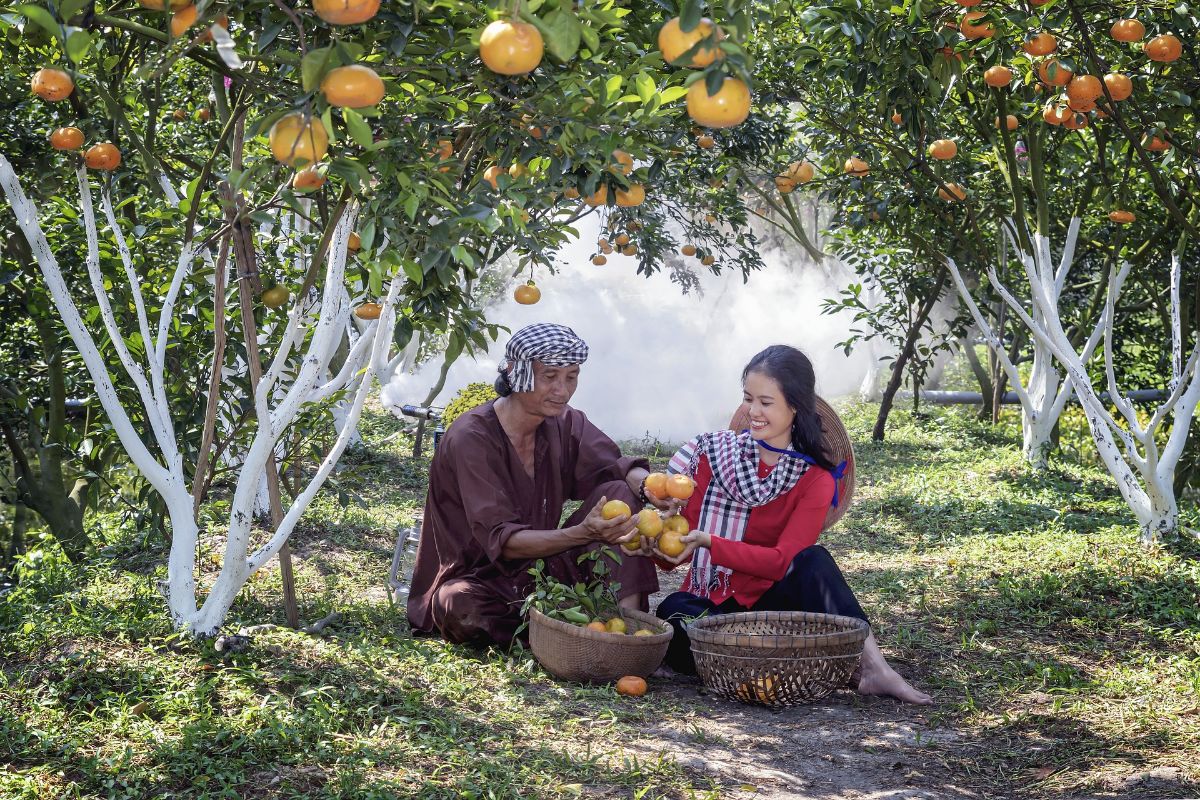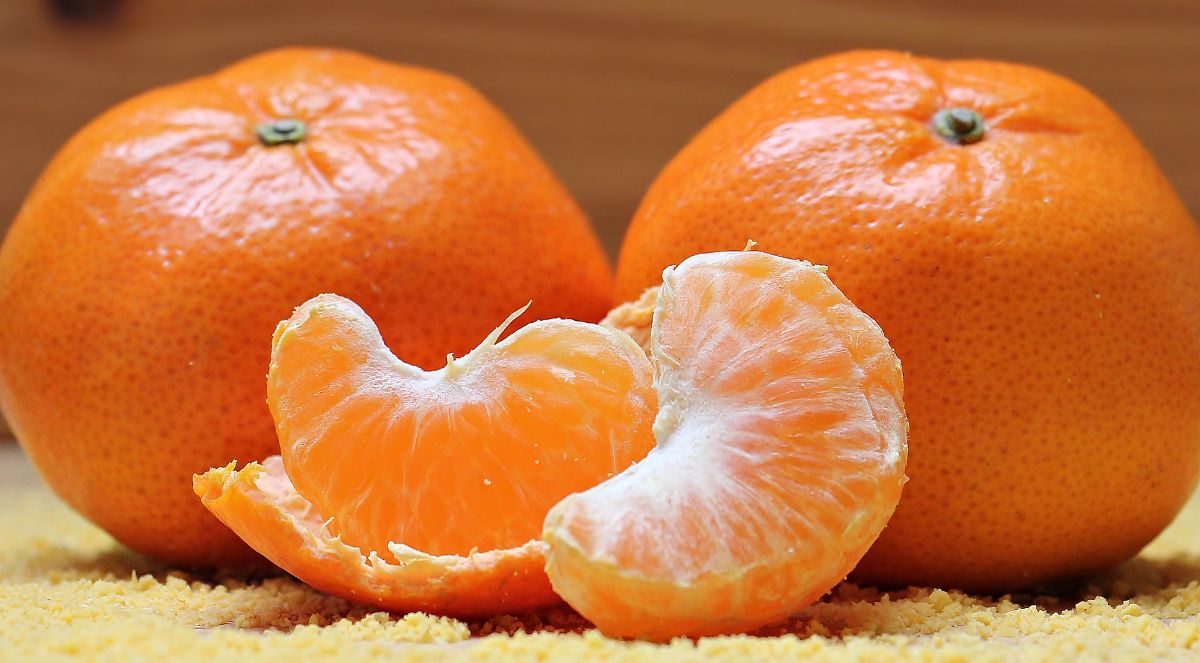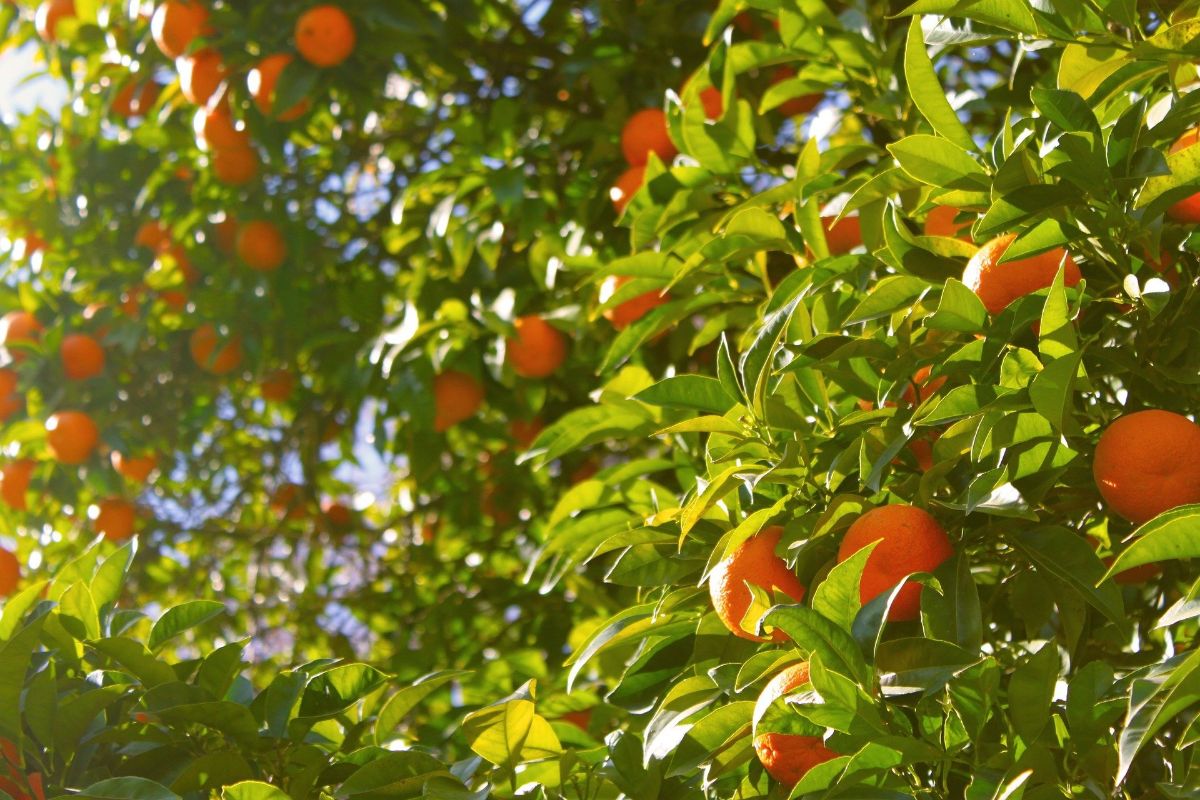
Mandarin is one of the citrus fruits that adults and children like the most. And this is because, in most cases, it is sweeter than oranges, and being smaller, it does not fill as much. In addition, it has a little more water than its "older sisters." But what you may not know is the history of the mandarin. Do you know that it has a curious origin?
If you want to know the reason why mandarins exist, where they came from, or why they are called by this name, then we take a look back so that you know something more about the history of the mandarin. It will not bore you, we assure you.
Where do mandarins come from

The first thing you should know is that, like many citrus fruits, mandarins come from Asia. Specifically from China and Indochina, which were the main places where it was grown. Although there is some research dating this citrus in the Himalayas, specifically in forests where several citrus trees were grown.
La The first reference to the mandarin is from the 12th century BC, what already tells us how old it is. However, it began only in a small region in which it spread, especially in Southeast Asia, as well as in the part of India.
It is said that, in the 400th century, the mandarin was already known in all the southern prefectures of Japan. However, it took more than XNUMX years for it to begin to be known in other continents, and for it to be distributed. It is said that they did not land in Europe until the XNUMXth century. Apparently, the person who made the mandarin known was Sir Abraham Hume, an Englishman who decided to import these citrus fruits to England. Specifically, two varieties of mandarins from Guangzhow (Canton).
Shortly after, and seeing the success that this first import had had, trees were sent to Malta. And so, the varieties were created, being another of them the one that was cultivated in Italy (the Mediterranean mandarin). This arrived almost at the same time as Malta, and with the passage of time the mandarins evolved to the ones we know today.
The curious name of the mandarin

Within the history of the mandarin we must make a paragraph about its name. It is true that, depending on the area where you live, it is called one way or another.
For example, in the case of England, for them is "Mandarin". In Italy and Spain, mandarin. India calls it Santara or Suntara; while in Japan, mandarins are mikan. And in China? They are called Chu, Ju or Chieh.
But, where did it come from calling this citrus mandarin? Well, the culprit of everything is none other than the orange color of your skin. That's how it is. The first mandarin fruits captivated many because of their bright orange color. And someone thought of relating that orange color with the costumes that Mandarins used in ancient China (the rulers). These were brightly colored, mainly red and orange, hence they began to use mandarins to refer to this fruit. And yes, you are on the right track if you think that this fruit was considered suitable for "aristocrats."
The history of the mandarin and its genealogy
The ancestral mandarin was the first of all, and one thing you know is that there were both "females" and "males." That is, it is one of the citrus fruits capable of producing two types of mandarins.
Each of them, in turn, develops other fruits, which are what we can now learn much more about. For example, female mandarins gave rise to the Lima Rangpur. However, the males are the ones that have given us the traditional mandarin, the bitter orange and also the calamondin. And yes, from the traditional mandarin, the modern mandarin and the sweet orange were obtained.
The history of the mandarin in Spain

If we focus on the relationship that exists between the history of the mandarin and the country of Spain, we have to think of a date closer to our days. And it is that, although it was in 1805 when the mandarin landed as an exotic product in England, it took several more years to reach Spain.
According to the researchers, the first References found about this citrus in Spain date back to 1845. That year, and through the Count of Ripalda, some grafts were sent to Valencia to study the behavior of these fruits. This was carried out through the Royal Economic Society of Friends of the Country, but at no time did they aim to cultivate, but rather to investigate how these citrus fruits behaved.
It took about 11 years for, in 1856, and thanks to Polo de Bernabé, they began to be cultivated. For this, the province of Castellón was chosen, more specifically Burriana. This cultivation meant a great development for that area, since they practically supplied the demands of a large part of the total production of these citrus fruits.
And what variety was it grown? Well, apparently, we are talking about the Common Mandarin. As is known, it was not until 1920-1930 that new varieties emerged, starting with the Satsuma or the Clementine.
Do the original mandarin and the one now look alike?
Unfortunately not. They have nothing to do with it because, like everything else, it has evolved. The variations as well as the tests that have been carried out have caused the original cultivation, or the essence of the mandarin, to be lost.
That implies that the tangerine from so many thousands of years ago and the one from now are not alike at all, nor in terms of size, color, texture, flavor, sweetness, etc. The passage of time, the land and everything that affects crops is making them adapt to the new conditions to survive, and that is what this tree has also done.
Now that you know a little more about the history of the mandarin, do you see it with different eyes?
Very interesting, many times we eat fruits as in this case, and we do not know where the plant originally comes from. I thought it came from Europe, I would never have imagined that it came from Asia, thanks for the information.
Thanks, Marta. From time to time we like to talk about these topics, which are also interesting 🙂